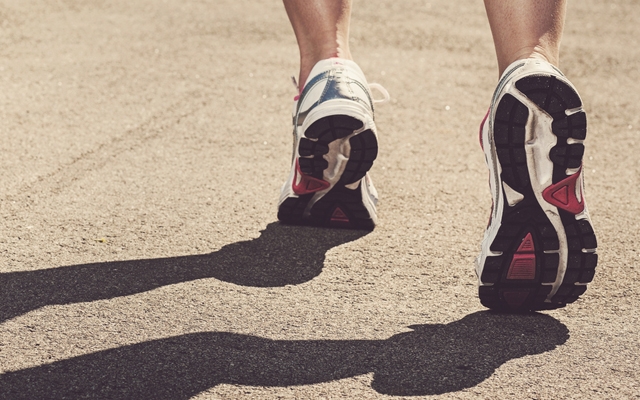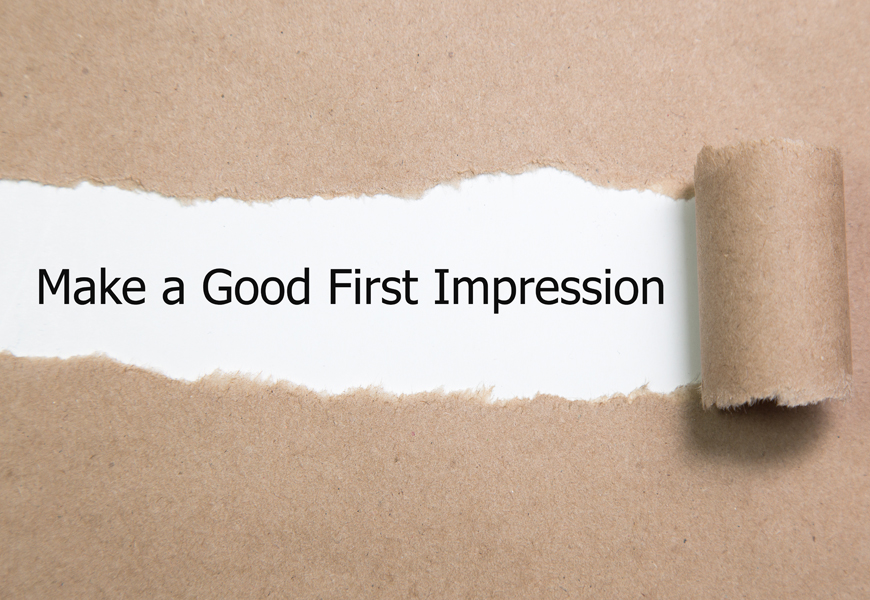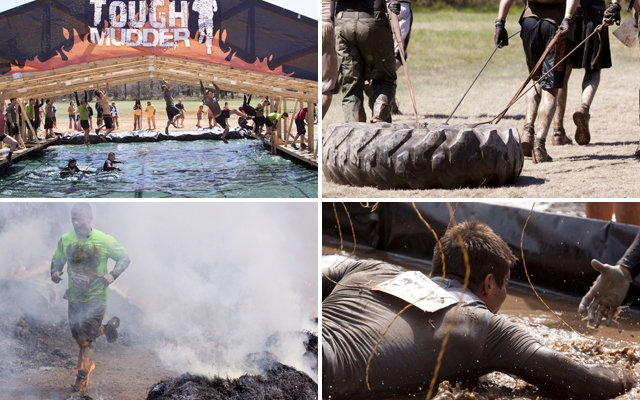You’ve started running (or walking or hiking) and love the cardiovascular benefits and you love that runner’s high–but a couple of unfortunate symptoms you may be suffering are chafing and blistering. It’s the friction caused by your movement that’s causing these pesky symptoms, but with a little bit of prep, you can avoid being plagued by them.
Hydrate well
When you keep your body well hydrated, when you sweat, there’ll be less chance of your sweat forming salt crystals on your skin. And this is key as the salt crystals on your skin can trigger more friction.
Dress properly for your activity
Your gear should be made of technical, sweat-wicking fabrics that are loose-fitting where appropriate so that you can move easily in them. When shopping for gear, look for flat seams and avoid detailing like large stitches or ties will cause friction. With new gear, it’s always better to test them out on a shorter run or hike rather than a long one (and never wear brand-new, never-tested gear for the first time during a race). If it’s blisters on your feet that are problematic, check the fit of your shoes—they should be neither too loose or too snug, and should not slip at the heel when you take a step.
Wear a lubricant
A lubricant designed for athletic use will help minimize the friction that can lead to chafing and blisters. One such as Body Glide will apply quickly and easily and is dry to the touch. This type of lubricant can be especially helpful for men who find their T-shirt rubbing against their nipples and causing bleeding (although band-aids or a product such as Nip Guards can also protect you in this sensitive area).
Sport technical socks
Even if your shoes fit well, your socks may cause you blisters. Like your gear, they should wick sweat away from your skin so avoid cotton socks as cotton absorbs perspiration. And don’t use socks you’ve had so long they’re showing wear and tear—holes and worn out ears are opportunities for more friction.












